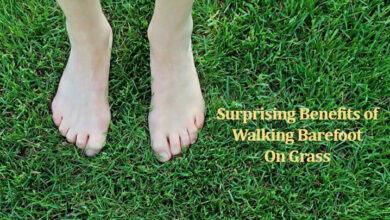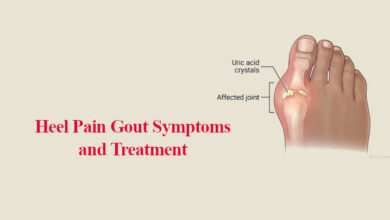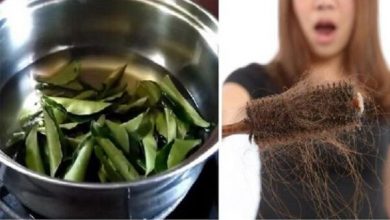Finger cots: What are Finger cots used for?
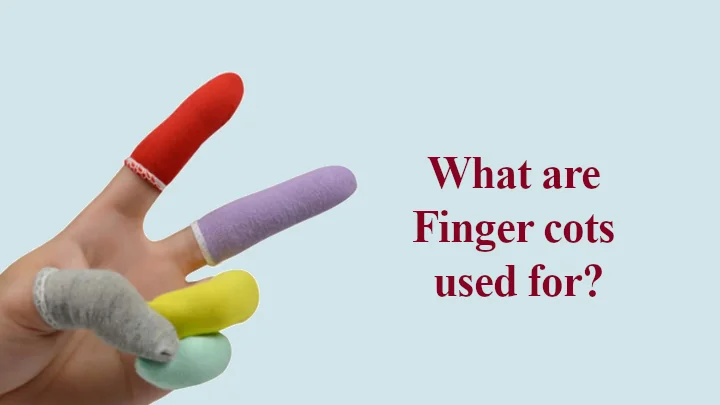
The term “finger cot” refers to protective covers that are mainly created for individual fingers. These covers are typically regarded as “small but mighty friends.” Their appearance is similar to that of condoms or little gloves, and they are utilized in a variety of contexts to ensure proper hygiene, safeguard against pollutants, and improve grip when doing sensitive operations.
In this article, we will explore the nature of finger cots and look into the several uses that may be found for them.
What are Finger cots?
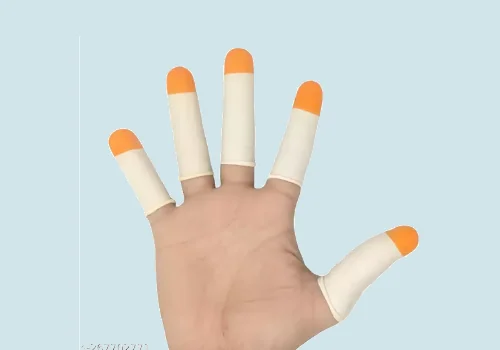
Finger cots are made from a variety of materials, including latex, nitrile, and vinyl. It is standard practice in the medical field to make use of them in order to reduce the vulnerability of patients to infection and to shield medical professionals from exposure to bodily fluids. On the other hand, their uses are not limited to the field of medicine.
What are Finger cots used for
Here, we have described in detail what finger cots are used for
1. In Medical use
Finger cots play a crucial role in medical and healthcare facilities, where ensuring cleanliness is of the highest importance.
Finger cots are utilized by healthcare workers, particularly those who work in surgical procedures, the inspection of patients, or laboratory settings, in order to safeguard themselves and their patients from the possibility of contamination.
They are typically used when applying ointments, handling pharmaceuticals, or conducting delicate procedures that require a high level of care.
2. Electronic and Manufacturing Sectors
In industries where the handling of delicate electronic components is regular, such as electronics production and assembly, finger cots operate as a barrier against static electricity and potential damage from oils or impurities present on the skin.
Workers can preserve the quality of delicate electronics without the risk of spreading oils, dirt, or static charges that can affect their functionality.
3. Food Handling and Preparation
In the food sector, especially in places where hygiene is essential, finger cots find applications in food handling and preparation. Chefs and kitchen workers may use them to protect against the transfer of pathogens, ensuring the safety of the food being prepared and served.
4. Cleanroom Environments
Environments with rigorous cleaning requirements, such as cleanrooms in pharmaceutical or semiconductor manufacturing, rely on finger cots to minimize the risk of contamination.
These controlled environments require painstaking attention to specifics, and the usage of finger cots helps maintain the appropriate hygiene requirements.
5. In the Beauty and Cosmetic Industry
Finger cots are used in the beauty and cosmetic industry as a hygienic solution when applying cosmetics or skincare products with the intention of preventing contamination.
Makeup artists use them to avoid the transfer of oils, bacteria, or other impurities from their hands to the cosmetics they employ and, ultimately, to the skin of their clients.
Finger cots for Cracked Fingers
Individuals who struggle with broken or damaged fingertips may also find that finger cots are an excellent alternative. It can be extremely painful and challenging to treat cracked fingers, which are frequently brought on by dry skin, harsh weather conditions, or the practice of repeatedly washing one’s hands.
The following are some of the ways in which finger cots can offer relief from discomfort and aid with the healing process:
1. Protection from Irritants
The cracked or damaged skin is protected from external irritants by the finger cot, which acts as a barrier between the skin and the irritants.
This can be particularly helpful for those whose jobs or daily activities require exposure to substances that may worsen the illness, such as chemicals, detergents, or rough surfaces.
2. Prevention of Infection
Cracked skin is more prone to infection, and finger cots act as a barrier that decreases the possibility of bacteria or other impurities entering the compromised regions.
This is especially true for persons who work in areas where hands are exposed to potential sources of illness.
3. Ease of Use
Unlike traditional bandages or wraps, finger cots are easy to apply and remove. This ease of use makes them a suitable solution for individuals who need continual protection and healing help for their broken fingertips.
Are Finger cots Waterproof?
Finger cots are not waterproof, as they are primarily designed to provide a protective barrier against contaminants and irritants rather than serving as water-resistant shields.
Typically made from materials like latex or nitrile finger cots may offer some level of water resistance, but they are not entirely impervious to moisture.
Finger cots for massage Therapists
For massage therapists, finger cots can serve as important tools to preserve hygiene and boost client comfort during sessions. Made from latex or nitrile, these small covers provide a protective barrier for the therapist’s fingertips, limiting the passage of oils, lotions, or pollutants between the therapist and the client.
The usage of finger cots promotes a clean and professional environment, contributing to an overall enjoyable experience for both the massage therapist and the client. Additionally, they are easy to apply and remove, allowing therapists to smoothly integrate them into their practice without disruption.
Conclusion
It is impossible to overestimate the significance of finger cots in terms of ensuring cleanliness, precision, and protection in a variety of industries, despite the fact that they may appear to be very easy to use.
These small covers contribute to the entire safety and reliability of the tasks that are being performed, where they are used for everything from medical operations to delicate manufacturing processes and food preparation.
It is believed that the function of finger cots will increase as a result of technological advancements and the evolution of various industries, further confirming their position as essential equipment in a variety of professional situations.


